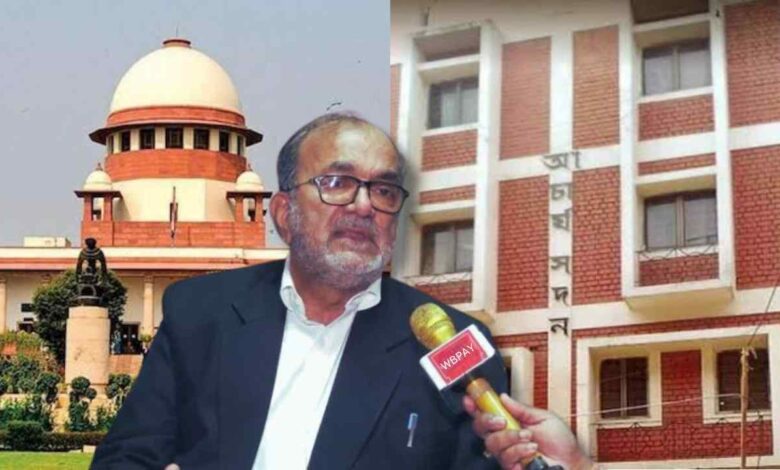WB DA Arrears: How will the 25% DA be blocked again? Lawyer Bikash Ranjan Bhattacharya revealed the plan

WB DA Arrears: The long-standing dispute over Dearness Allowance (DA) for West Bengal government employees has reached a critical juncture. The Supreme Court recently directed the state government to clear 25% of the pending DA arrears. Against this backdrop, senior lawyer Bikash Ranjan Bhattacharya, who has been representing the employees, sheds light on the legal battle, the state government’s approach, and potential challenges ahead, including concerns that the government might still attempt to obstruct the payment process.
Lawyer Bikash Ranjan Bhattacharya’s Perspective:
In a recent interview, Bikash Ranjan Bhattacharya, senior advocate, made several key observations regarding the DA case. He expressed concerns that despite court orders, there might be strategies to delay or obstruct the payment. His main points include:
- DA is an Entitlement, Not Charity: Bhattacharya firmly stated that DA is a legitimate right of government employees, not a handout or act of charity from the government.
- Government’s Primary Duty: He emphasized that paying DA is a fundamental and moral responsibility of the state government.
- Financial Strain as a Pretext: He suggested that the state government’s claims of financial crisis are often an excuse to avoid paying DA. He questioned how the government could fund festivals and other non-essential expenditures but plead inability to pay employees their rightful dues. He hinted that such financial arguments might be used again to stall the 25% payment.
- Allegations of Budget Mismanagement: Bhattacharya accused the state government of improper budget management and of sidestepping crucial issues like DA.
- Accusations Against Centre as Diversionary Tactics: He believes the state government’s frequent complaints about the central government withholding funds are diversionary tactics, as these issues are not formally raised in appropriate forums like NITI Aayog meetings.
- High Cost of Legal Battles: He also questioned the substantial public funds spent by the state government in legal battles aimed at avoiding DA payments.
- The Need for Continued Vigilance and Protest: Bhattacharya warned that even with court directives, employees might need to resort to strong, collective action and protests to secure their dues, implying that the government might not comply easily. This aligns with the video’s theme of potential obstruction.
Supreme Court Directive and Current Scenario:
According to various media reports, the Supreme Court, on May 16, 2025, issued an interim order directing the West Bengal government to pay 25% of the total DA arrears to its employees within six weeks. This move is expected to benefit approximately one million government employees and pensioners, with an estimated outflow of ₹10,000 to ₹11,000 crore from the state exchequer.
The next hearing in this case is scheduled for August 2025. It’s noteworthy that the Calcutta High Court, in May 2022, had directed the state government to pay DA at par with central government employees. The state government subsequently challenged this order in the Supreme Court. Employees have long argued that they receive significantly lower DA compared to their central government counterparts.
Get Instant News Updates!
Join on TelegramThe protracted struggle of West Bengal government employees for their DA arrears is at a significant crossroads. The Supreme Court’s recent interim order offers a glimmer of hope. As articulated by lawyer Bikash Ranjan Bhattacharya, DA is an employee’s right, and the government should cease making excuses and clear these dues promptly. All eyes are now on the state government’s next steps and the Supreme Court’s final verdict in August, with employees remaining wary of potential attempts to circumvent the court’s directive.

